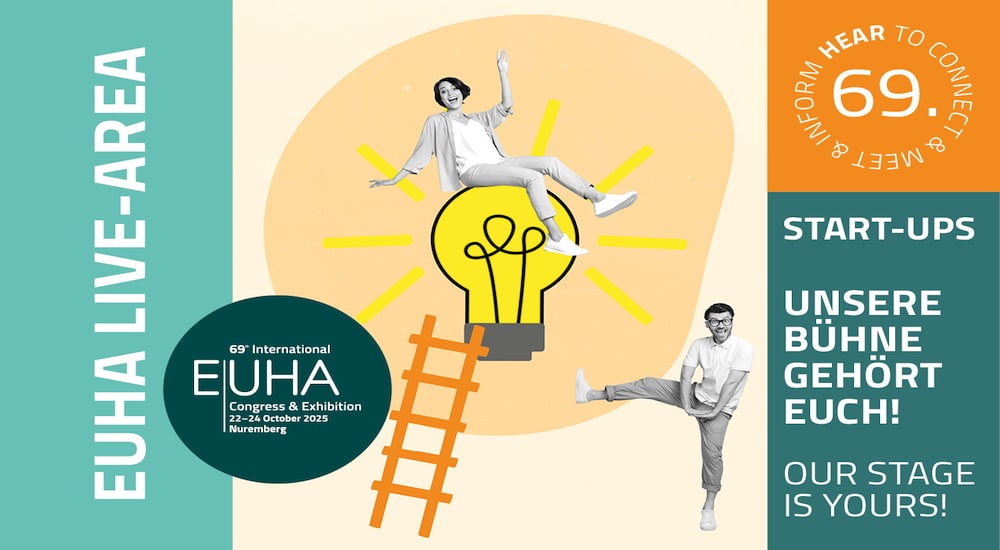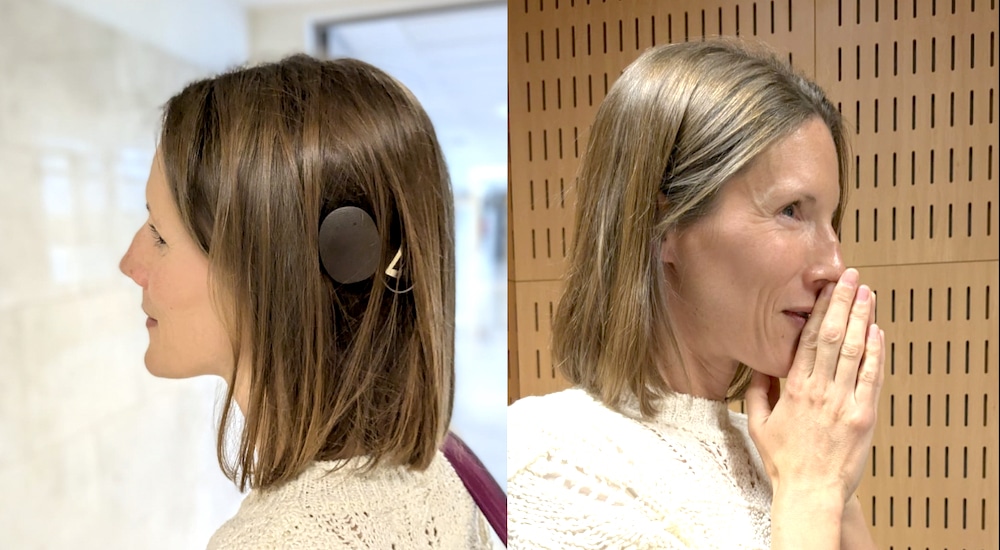“The future could be so bright we will need to wear shades”
Euha2017
Geoffrey Cooling, regular contributor to Audio Infos United Kingdom, shares with us some insights on how technology could transform the industry. As usual, the expert invites us to welcome new challenges with a smile.

Sensor sets, hearing aids &use cases
I and many others have discussed theconvergence of hearables and hearingaids over the last few years. In manyarticles I have discussed how addingsimple sensor sets to hearing aids wouldchange the use case of hearing aids. Ibelieve that with the intelligent use ofsensor sets and a wider and generalhealth-focused strategy we can changethe use case forever. Not only the usecase, but the place of the profession. Ibelieve that this strategy would put us at thecentre of primary healthcare.
Geriatric care is a huge logistical and financial pressureon western governments and health systems, in particularpublic nursing home care. When nursing home care is beingpayed privately, it is a huge financial burden on the personand their family. On-board sensors in hearing aids combinedwith simplified and secure communication protocols couldhelp to keep older people at home for longer. I don’t thinkthat I am the only one who has thought about this.
Extending the use
Delivering biometric assessment functionality would extendthe use case for hearing aids. If properly designed it couldprovide both real-time data and record ongoing data of auser’s general health. It would allow the profession and theindustry to secure their place in the future. It would makehearing aids a multi-dimensional medical device and allowhearing healthcare professionals to become involved in thewider primary healthcare field. However, it does open upfurther considerations.
Data communication and security
All health related data needs to be secure; secure storageof the data is just one concern. Data communication in realtime, in a secure manner is also a very big concern. Oneof the keys to moving forward with this type of strategy isan open agreed and standardised communication protocolacross manufacturers.
While we envisage and have delivered communicationbetween hearing aids and smartphones, what abouthearing aids and other medical devices? Or hearing aidsand medical monitoring software platforms?Moving forward we will need an agreed datacommunication protocol that would allow hearing aidsto talk to other medical devices. This brings into focusthe Made-For-iPhone, Made-For-Android conundrum.Unfortunately, the manufacturers of hearing aids cannotdeliver a direct-to-Android hearing aid in the same waythat they have a Made-For-iPhone hearing aid.
The fault is Android’s
As long as Android developers see no value in a deeperintegration with hearing aids, we will never have directaudio streaming from Android phones. Phonak haverecently and quite successfully gone down a slightlydifferent route with their Made-For-Any-Phone device.However, it is not without trade-offs. While the user cantake phone calls with ease, the hearing aids do not offerstereo streaming of audio such as music, audio books oranything else from a mobile phone.
However, and in general, for pure data exchange, thecurrent systems are robust enough, but for possible audioalerts we will need to be innovative. By that I mean thatcurrent Bluetooth protocols will allow pure data exchangebetween hearing aids and smartphones. We need to look no further than the type of data exchange that is currentlyused by Fitbit, Jawbone or many other health wearablemanufacturers for inspiration. Audio alerts for the user,could be stored on-board the hearing aids, in exactly thesame way that spoken alerts are currently stored on Widexhearing aids and many others.
It is a simple case of understanding what the trigger for thealert will be and what best language to use. I don’t believeit is beyond the technical abilities of manufacturers to takedata from an accelerometer and use it as a trigger for amessage such as “you seem unbalanced, please sit down”.
Offloading the strain
The smartphone in our pocket is in fact an amazingcomputing device, a device that manufacturers couldbegin to take advantage of. As the data connectionbecomes more solid and 5G mobile internet becomesmore ubiquitous perhaps we can offload some of theprocessing to the phone. I spoke to Dave Fabry of ReSoundrecently and he said that to acertain extent we already are withthe app infrastructure that manymanufacturers use.
Artificial intelligence
But maybe we could go further thanthat, perhaps there could be a futurewhere we use cloud-based artificialintelligence to continuously monitorboth the function of the aid and thesound environment, automaticallychanging how the aid works tocontinually improve performance.Unitron is using a cloud-basedsystem right now to understand userexperience, how difficult would it be to take that systemone step forward and ensure that the communication goesboth ways?
What about dropping the phone?
To move forward with many of these possibilities weneed a solid source of always-on communication. At the moment, the ideal platform for that is the smartphone ineveryone’s pocket. But what if advances in battery andchipset technology allowed us to dump the phone? What ifthe future hearing aids came with a micro sim card?
In-depth communication systems
What if we placed the phone hardware on the chipset,integrated it with our hearing aid designs? What if wedecided that in fact we would also include fl ash memory?Delivered an integrated communication system with anadditional audio-playing facility?
Will there be anything special this year?
Naturally. This year, delegates will be able to use our onlineticket shop for the first time. Tickets can be bought fromhome, reducing queuing times at the ticket counters, andgiving delegates more time to spend at the conference andtrade exhibition.
Hear better, make calls, monitor your health and fitnessand store some audio to while away your idle time.Because that is what we deal in, deliveringthe ability to communicate, what’s to stopus taking that one step forward?
Wireless charging, evendown to IIC
Power and size is a stumbling block atthe minute, but that might not be the casefor long. I recently spoke to company inCanada that think their system is ideal todeliver wireless charging to hearing aidseven down to IIC. They have a system thatthey believe will not add much weight orvolume. It will also offer complete freedomin charging, no lining up contacts, noslotting them into ports, just drop them on acharging mat or into a charging box.
A breakthrough in battery power or innovation in sensorsets or communication chips could change everything.The future could be so bright we will need to wearshades, the future is only limited by the imagination of thepeople involved in the industry and the willingness of theprofession to accept and embrace change.
Photos: EDP Santé


